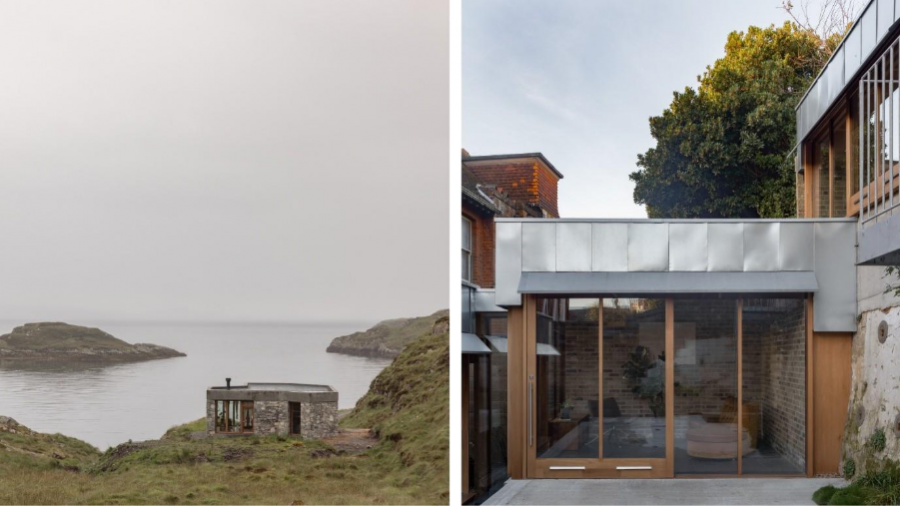Soaring inflation has made the return on investment in maintaining and upgrading buildings even more attractive, according to experts.
The UK has been grappling with double digit inflation for almost a year and the Bank of England only expects the pressure to start easing from this summer. This has led to the Building Cost Information Service (BCIS) predicting a surge in building maintenance costs of 4.8% in 2023.
There is growing alarm that short-term cost pressures could lead to spending cuts that will have serious long-term implications for energy efficiency and carbon reduction as well as the health, well-being, and safety of building users. More than a third of industry professionals who attended the recent series of webinars hosted by the industry’s maintenance standard SFG20 confirmed that defending maintenance budgets was now their biggest challenge.

However, several SFG20 users have also reported that adopting a ‘risk-based approach’ to maintenance supported by accurate, up-to-date digital asset registers cut their overall costs by as much as 20% without compromising safety or operating efficiency.
This is also timely for the public sector in light of the government’s recent acknowledgment that decades of under-investment in service and maintenance had left its estate in a parlous situation and led to the first ever comprehensive strategy for facilities management (FM).
In setting out an eight-year plan to improve the performance of almost 140,000 buildings, with an annual FM bill of more than £13bn, it said that many of its assets had “deteriorated to the point where functionality was becoming affected”.
The Office of Government Property Function (GPF), which is a part of the Cabinet Office, said the strategy would adopt “a whole life asset management approach to…build value, reduce liabilities, and ensure longevity.”
Both private and public sector building managers acknowledged to SFG20 that improving the use of digital systems was essential for managing their resources (equipment and workforce) more intelligently and that one of the best ways to reduce maintenance costs was to develop an accurate and up-to-date asset register.
Just 20% of SFG20 webinar attendees said they had ‘high or very high’ confidence in the accuracy of their asset registers. In addition, 47% either didn’t know or only had some understanding of the maintenance work they needed to carry out to meet their legal obligations.
More are, therefore, turning to tools such as SFG20’s Maintenance Management Software to build up an accurate picture of their built assets, along with the optimum regime for keeping them in the best condition and to avoid over and under maintenance. SFG20 schedules are continually updated by the technical team behind the standard to ensure users remain in step with changes in legislation and current best practices.
“Targeted maintenance already had a clear financial payback by keeping systems operating at peak efficiency and reducing expensive breakdowns,” says SFG20 product director Paul Bullard. “With costs rising all around us, that approach can now deliver even better value for money as it keeps FMs on top of areas of real financial concern, like energy consumption and equipment downtime, and prevents teams from carrying out unnecessary work.
“Applying a risk-based approach means you can have a better quality maintenance programme but can cut overheads by up to 20%,” he adds.
SFG20 has always stressed the importance of not over or under-maintaining systems so that FM contracts are accurately costed, and systems are given exactly the amount of attention they need to continue operating in line with the building’s specific needs.
The launch of the Resource Modeller tool, which has just won the prestigious Tomorrow’s FM Awards, has allowed the team behind SFG20 to turn this into a more exact science as it helps building users delve more deeply into the operation of every piece of equipment. In many cases, carrying out only critical maintenance (classified as red or amber in the SFG20 task scheduler traffic light system) can cut the cost by 20% compared with a blanket 100% approach.
Some users have found that tasks they previously considered to be core are ‘greens’ and, therefore, can be removed from regular schedules based on an acceptable level of risk and criticality. Using Resource Modeller and linking it to a cost plan means that many non-critical services can be run to failure without compromising the operation of the building.
“It can seem counter-intuitive to encourage users to do less maintenance and you wouldn’t advise it unless you had accurate, regularly updated asset registers,” says Bullard. “However, many of our users – particularly in the public estate – are using the risk-based principle to get costs under control and achieve better results by targeting available resources where they can do the most good and return the best value.”
To learn more about ways to reduce maintenance costs sign up for SFG20’s next webinar to be held on March 23rd.




















